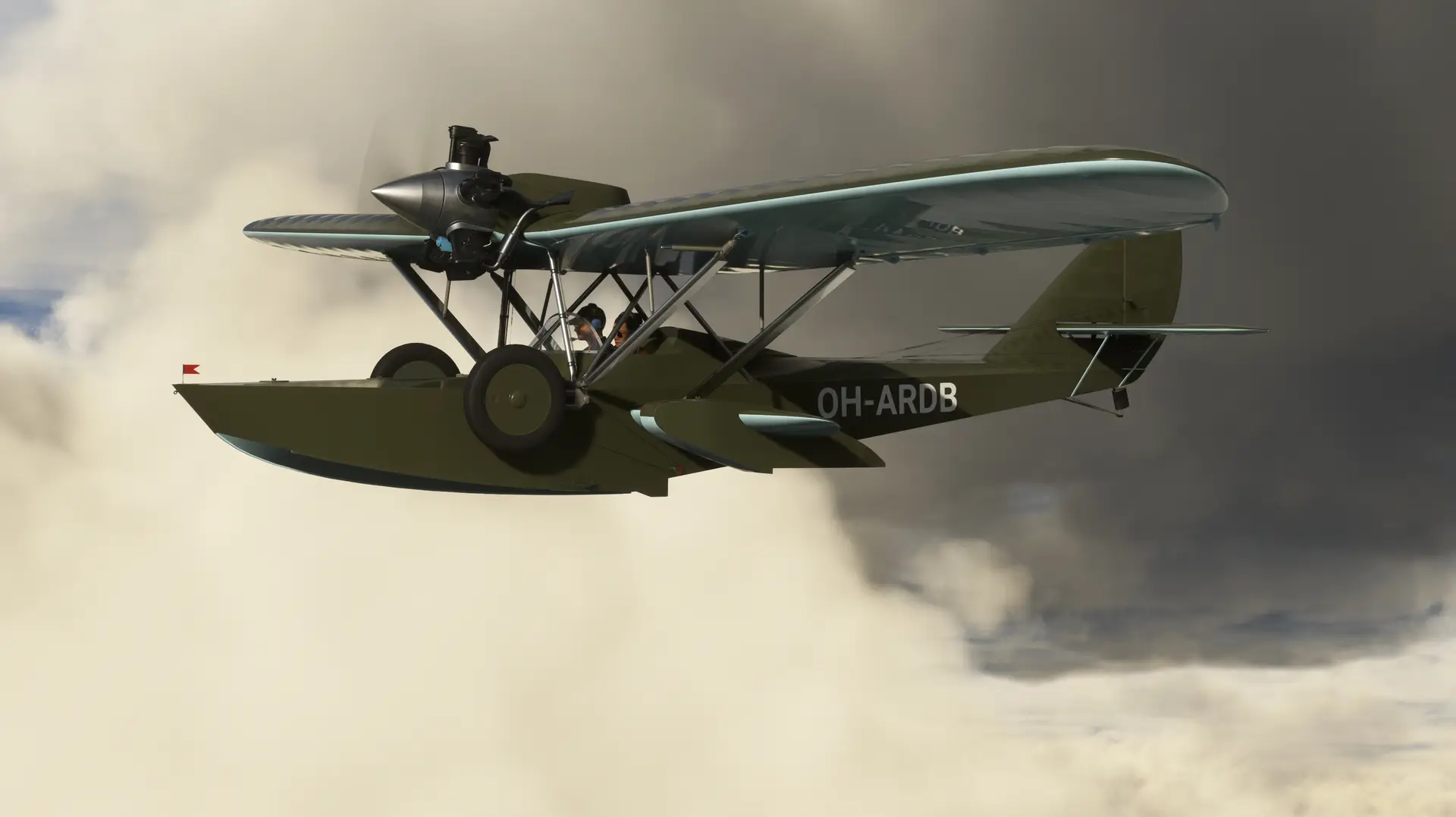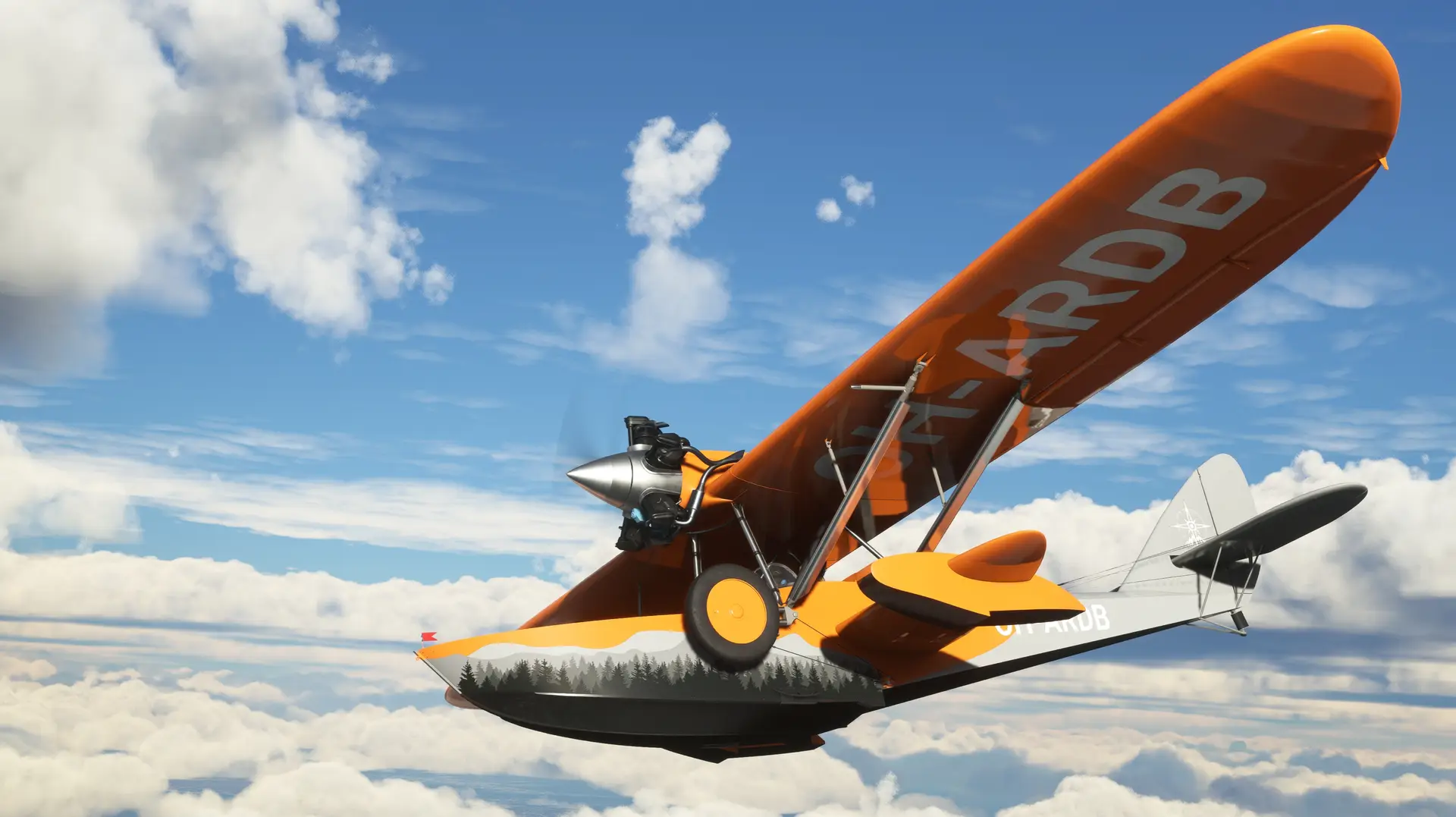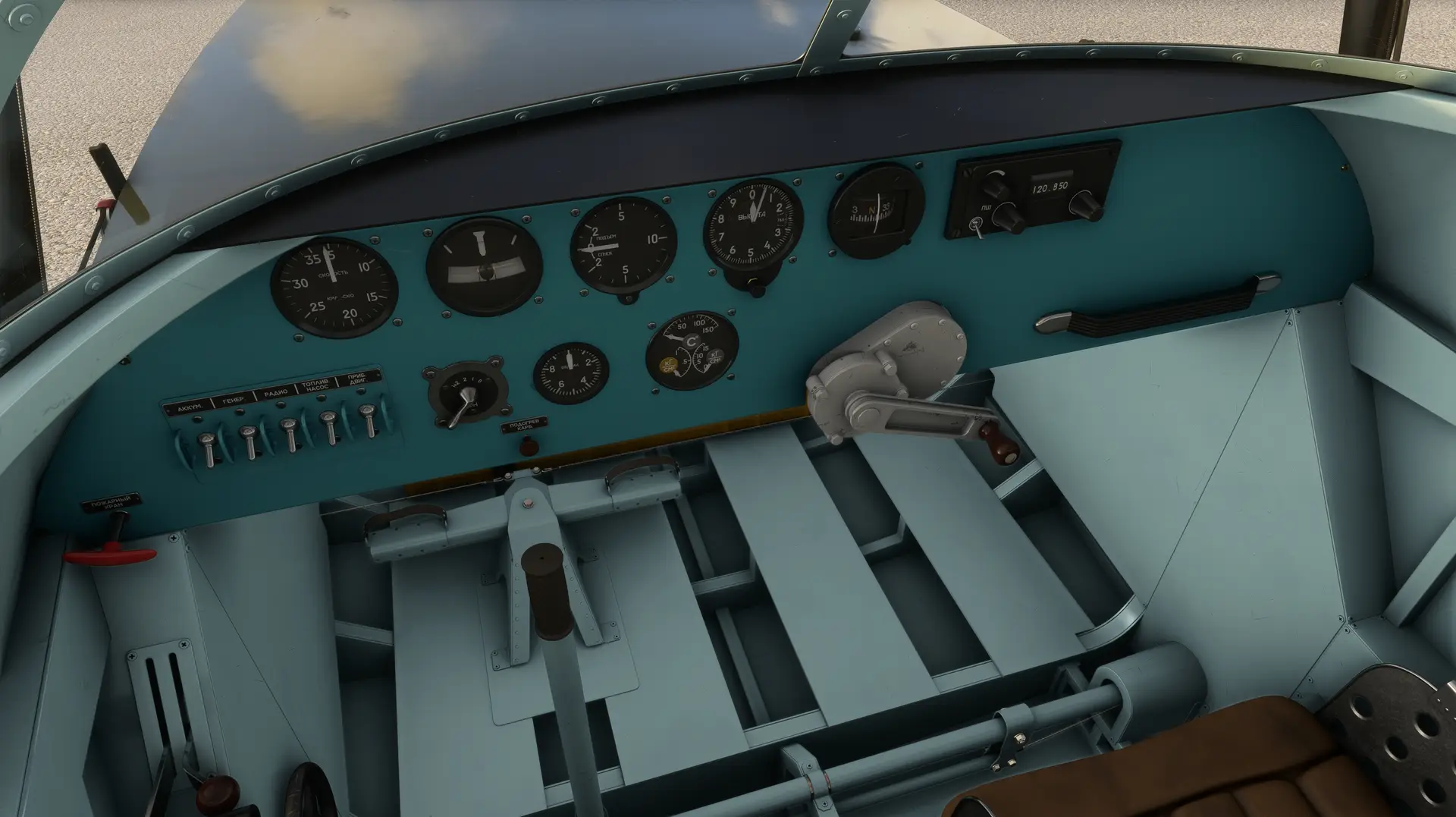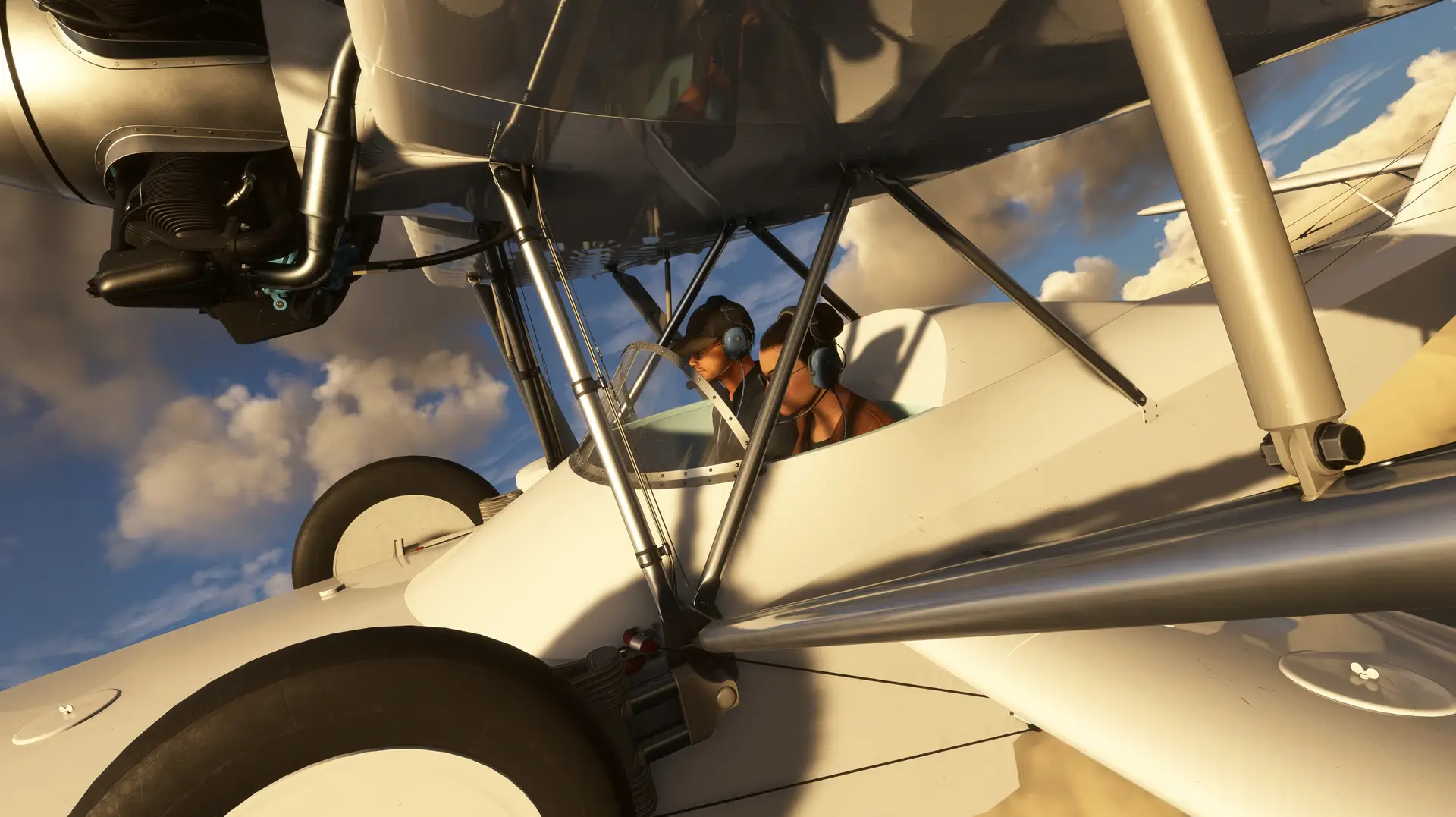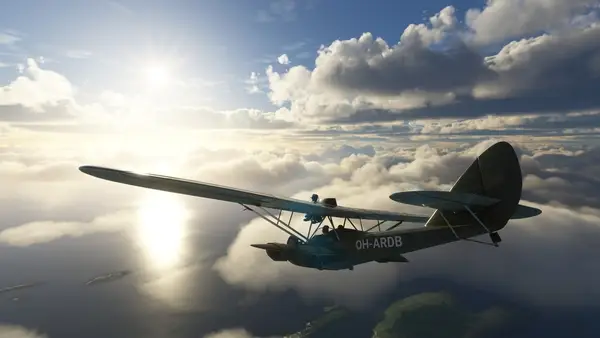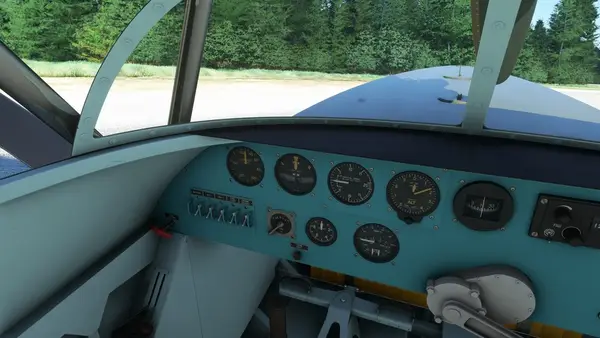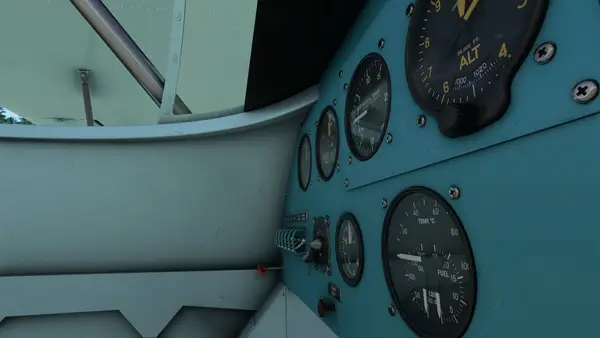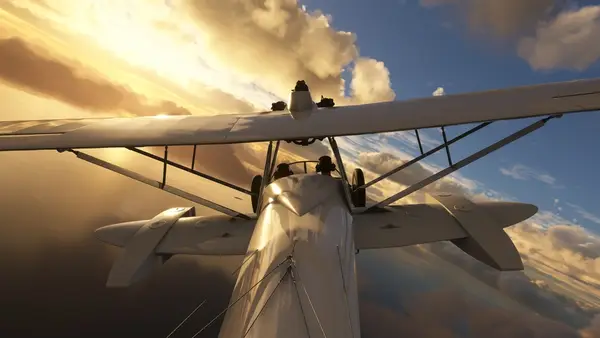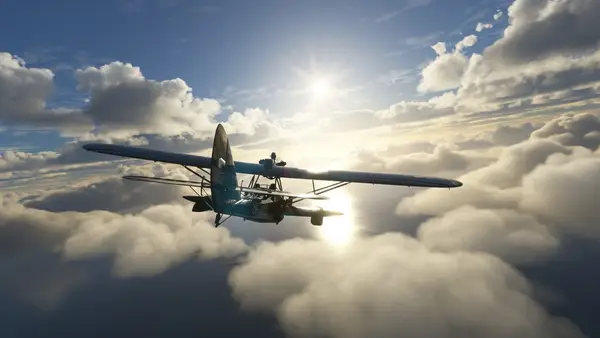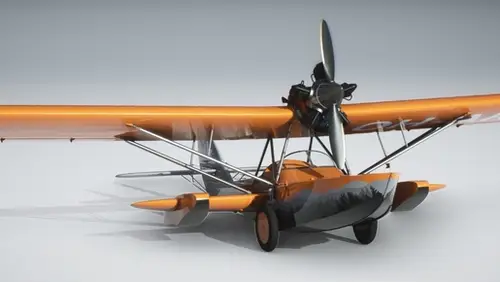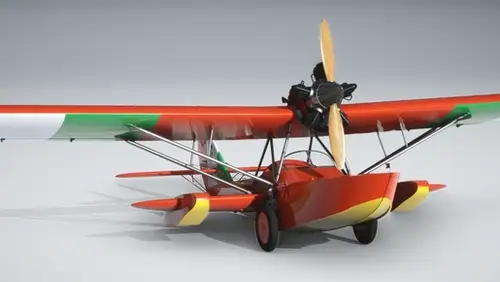- USD 15.49
- View more offers at FS Addon Compare
- Added: December 21, 2023
- Updated: January 9, 2026
The A1R Sh-2 (Shavrov-2) is a single-engine light amphibious aircraft with retractable landing gear. It has a wooden monocoque fuselage with a plywood skin, a biplane configuration wing with a lower wing that is shorter in span than the upper wing. Wings have a wooden construction, with spruce spars and plywood ribs, and were covered with fabric.
The aircraft's amphibious capabilities allowed it to reach locations that were inaccessible by other means of transportation. Its rugged construction and simple design made it easy to maintain and repair in the field, which was important for expeditions to remote areas. Some variants were highly modified for specific expeditions, such as adding extra fuel tanks for longer range, or installing specialized equipment for scientific research.
Sh-2 is powered by a single five-cylinder radial engine.
The aircraft uses the Computational Fluid Dynamics (CFD) flight model with new propeller simulation system, switchable set of gauges and labels consisting of the original layout (Metric) and English (Imperial), PBR high-definition materials and Audiokinetic Wwise sound set.
